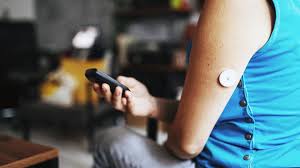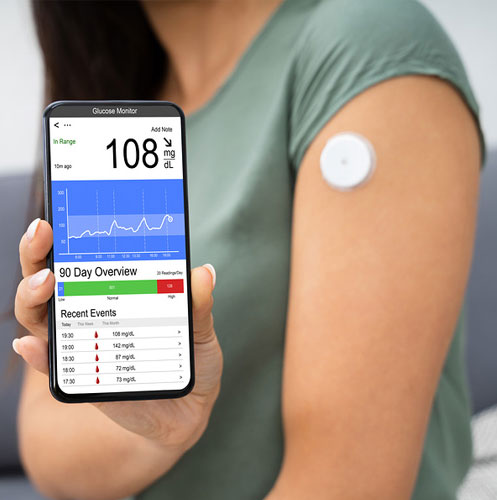Amy Stephens
MS, RDN, CSSD, CEDS
Licensed dietitian
specializing in sports nutrition
and eating disorders
MS, RDN, CSSD, CEDS
Licensed dietitian
specializing in sports nutrition
and eating disorders
A Continuous Glucose Monitor (CGM) is a medical device designed to deliver real-time measurements of glucose (sugar) levels in the body. Although it is mainly utilized by individuals with diabetes to regulate their blood sugar, it has also become increasingly popular among athletes and health enthusiasts. While these devices offer a wealth of data, it’s crucial to consider how that information will be applied effectively. Here’s how it works and its main components:
How CGM Works

Components of a CGM System
Benefits of Using a CGM
Popular CGM Brands
Some well-known CGM systems include:

Using a Continuous Glucose Monitor (CGM) can be beneficial for athletes, especially those involved in endurance sports or those with specific dietary and training goals. Here are some key considerations for athletes thinking about using a CGM:
Potential Benefits of Using a CGM for Athletes:

Considerations and Potential Drawbacks:
Ultimately, the decision to use a CGM should be based on individual goals, health conditions, and the nature of the sport. Athletes interested in using a CGM should consider consulting with a sports nutritionist or a healthcare professional to tailor the use of glucose monitoring to their specific needs and training goals.